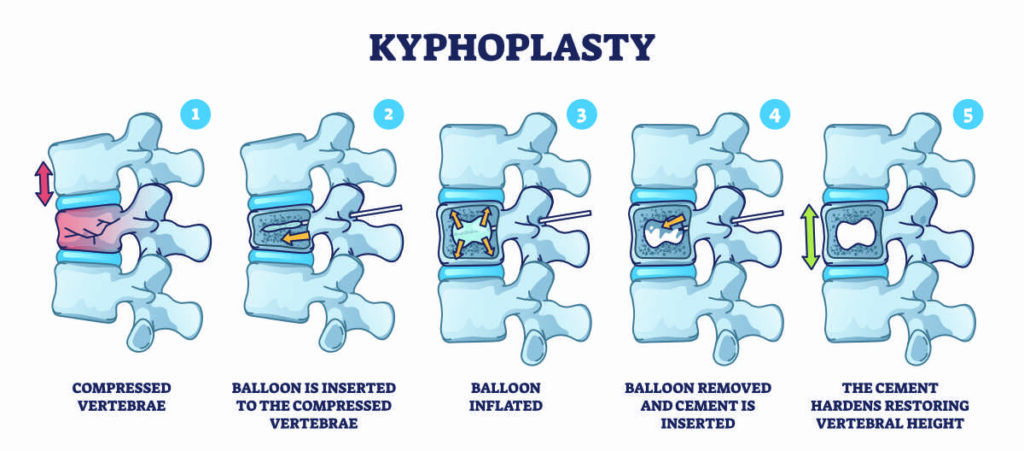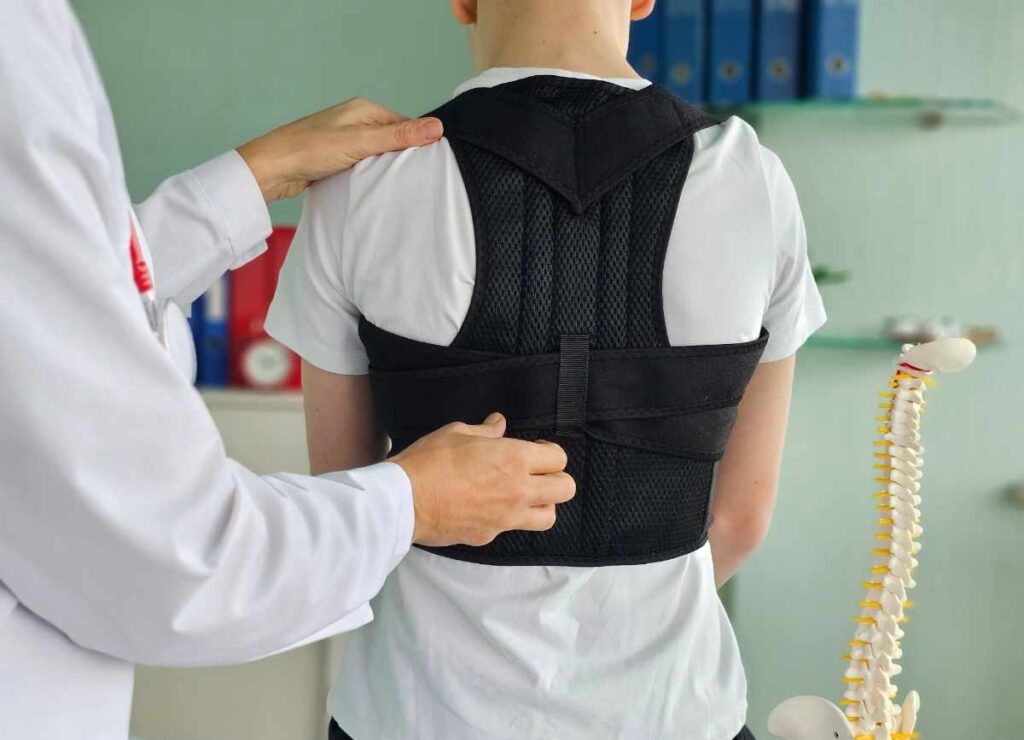If you’ve been diagnosed with a vertebral compression fracture, or you’re concerned about your risk, you’re probably wondering: ‘What does this mean for my future? What is life expectancy after compression fracture?’ Today, I’m breaking down a major Spanish research study that followed nearly 500 people over 65 for more than 4 years to answer exactly these questions.
This topic hits close to home for many of you — vertebral compression fractures affect up to 40% of women in their 70s, and understanding the real outcomes can help you make informed decisions about your care.
Life Expectancy After Compression Fracture: Clinical Research
Researchers in Spain followed 492 people over 65 who experienced vertebral compression fractures between 2017 and 2020 (1). Here’s what makes this study valuable: they tracked these patients for an average of over 4 years, giving us real-world, long-term data on outcomes.
The group was 72% women with an average age of nearly 79 — very similar to the population we typically see with these fractures.
What they found about life expectancy after compression fracture is actually more encouraging than you might expect. Let’s examine the details.
Survival rates (indicating life expectancy after compression fracture) were:
- 97% at 1 month
- 87% at 1 year
- 78% at 2 years
- 64% at 4 years
- 59% at 5 years
Here’s the important context: the overall mortality rate was 36% over the entire study period of just over 4 years. But — and this is crucial — infection was the leading cause of death at 22%, followed by cancer at 19%.
What does this tell us? Most people weren’t dying directly from their compression fracture complications.
What were the risk factors that determined the life expectancy after compression fracture in elderly people or those over the age of 65? We discuss that next.

Risk Factors and Life Expectancy After Compression Fracture
The researchers identified five key factors that increased mortality risk:
- Age — As expected, older patients had higher risk
- Being male — Men had nearly twice the risk of women
- History of cancer — More than doubled the risk
- Non-traumatic fractures — Fractures without a fall or injury
- Complications during hospital stay — Any additional health problems
Notice what’s NOT on this list? The type of treatment didn’t significantly affect survival. Whether patients had vertebroplasty, kyphoplasty, or conservative treatment with a modality such as Spinomed bracing showed no statistical difference in long-term survival or the life expectancy after compression fracture.

Geographic and Health Systems Differences
Now, let’s put these numbers in perspective. This Spanish study actually showed better survival rates than similar studies from the US, Korea, and other countries. For example, American studies showed only 53% survival at 3 years compared to Spain’s 78% at 2 years.
Why the difference? Several factors likely contribute:
- Different healthcare systems
- Lifestyle differences
- This study excluded cancer-related fractures
- The Spanish population studied may have had better overall health
The key takeaway? Geographic and healthcare factors significantly influence outcomes.
How to Manage Compression Fractures
How to Reduce Compression Fractures
Something the researchers failed to mention in this or any of the other studies I reviewed on life expectancy after a vertebral compression fracture is the importance of strengthening your spine.
Clinical studies conducted at the Mayo clinic from the 1980s through 2000 showed a significant reduction in recurrent vertebral compression fractures in women who were involved in a spine strengthening exercise program.
Keeping your spine as strong as possible stops the gradual stoop that can develop. This stooped posture compromises your ribcage and lung expansion — both of which can put you at greater risk for a lung infection.
Implications for You
What does this research mean for you practically?
First, the encouraging news: Most people survive and continue living meaningful lives after vertebral compression fractures. The fracture itself isn’t typically the direct cause of mortality.
Second, focus on what you can control:
- Infection prevention is crucial — stay up to date with vaccines, practice good hygiene
- Manage other health conditions actively
- If you’re male with osteoporosis, be extra vigilant about prevention
- Work closely with your healthcare team on comprehensive care
- Strength your spinal muscles
Third, treatment approach: Whether you choose surgical or conservative treatment, the research suggests your long-term survival isn’t significantly different. This means you can focus on choosing the treatment that best addresses your pain and quality of life.
Research Study Limitations
Before we wrap up, I want to mention some important limitations of this study:
- It only included people who came to the hospital — many vertebral fractures are never diagnosed
- The study was done at one center in Spain
- COVID-19 occurred during the study period, affecting some outcomes
- Only 14% of patients received surgical treatment
This means the results might not apply to everyone, but they give us valuable insights into real-world outcomes.
Free Osteoporosis Exercise Course
Conclusion
Here’s what I want you to remember: A vertebral compression fracture diagnosis isn’t a death sentence. While it does indicate increased health risks, most people continue to live for years afterward.
The most important thing you can do is focus on comprehensive health management — preventing infections, managing chronic conditions, staying as active as safely possible, and working with healthcare providers who understand osteoporosis.
If you’re dealing with a recent fracture, don’t lose hope. Use this information to have informed conversations with your healthcare team about the best path forward for YOUR specific situation.
Margaret Martin
Further Readings
References
- Gutiérrez-González R, Royuela A, Zamarron A. Survival following vertebral compression fractures in population over 65 years old. Aging Clin Exp Res. 2023 Aug;35(8):1609-1617. doi: 10.1007/s40520-023-02445-4. Epub 2023 May 26. PMID: 37233901; PMCID: PMC10213565.






Comments